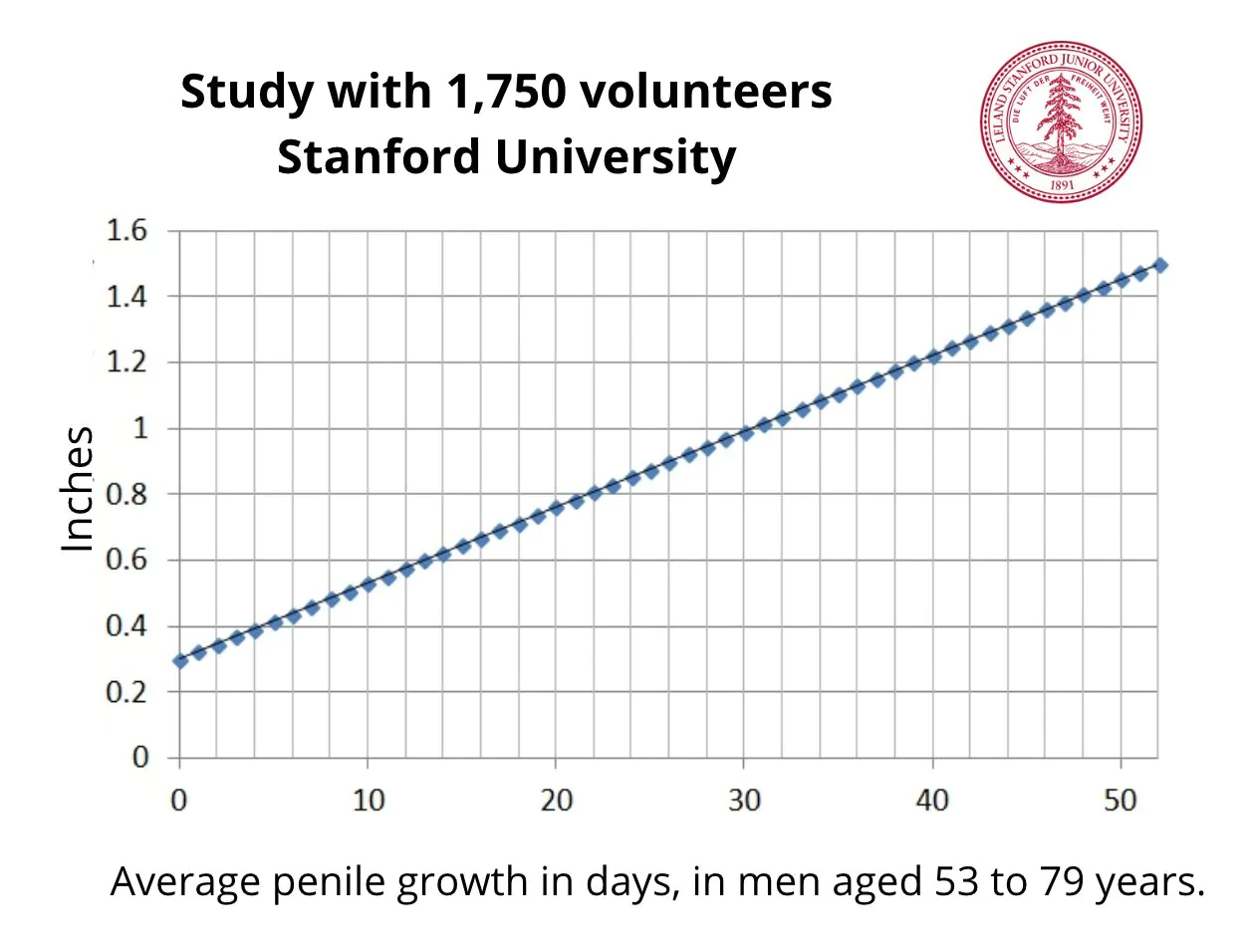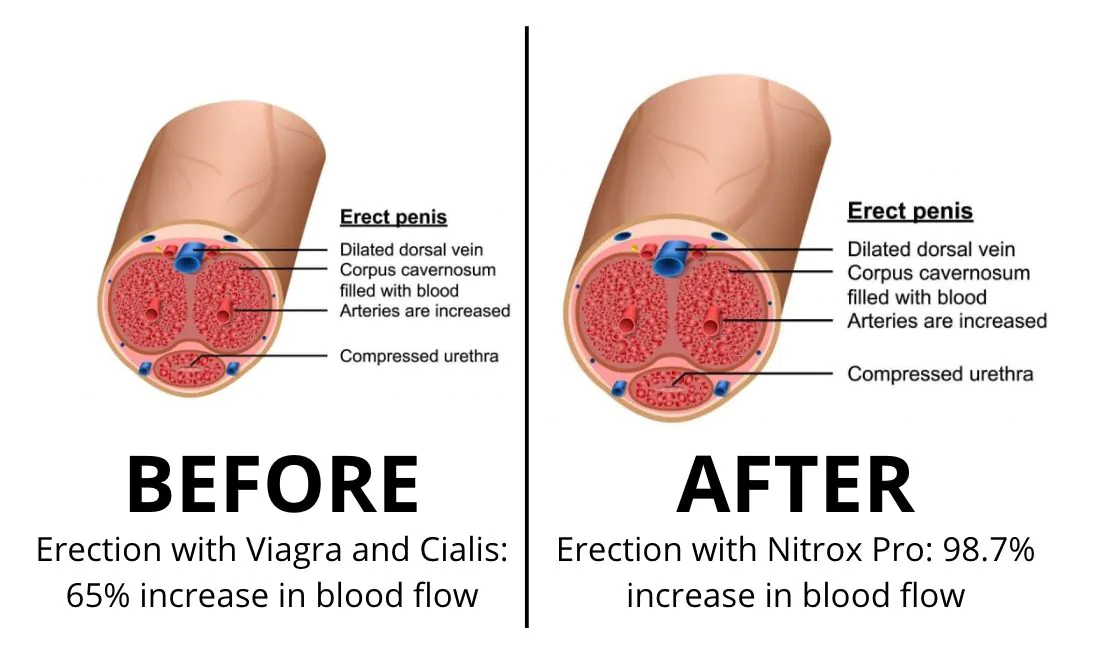The importance of regular stretch breaks for desk workers cannot be overstated, as they help reduce muscle tension, improve posture, enhance productivity, and promote overall well-being. Incorporating simple stretches every 30 to 60 minutes can significantly alleviate discomfort associated with prolonged sitting.
In today’s digital age, where many people sit for hours at a desk, the importance of regular stretch breaks for desk workers has never been clearer. Frequent stretching not only alleviates discomfort but also boosts productivity and enhances mental clarity. This article delves into why desk workers should prioritize breaks, the numerous benefits of stretching, and practical ways to integrate these crucial pauses into a busy workday.
Understanding the Need for Stretch Breaks

With many individuals spending the majority of their workdays seated, understanding the need for stretch breaks is crucial. Prolonged sitting can lead to various health issues, including muscle stiffness, back pain, and poor posture. Regular movement is not just a luxury; it is a necessity for overall wellness.
Physical Effects of Sitting
Sitting for extended periods can negatively affect the body. The muscles in the hips and legs can tighten, and spinal alignment can become compromised. This often results in discomfort and can even lead to long-term injuries. Stretch breaks allow employees to counter these issues by promoting flexibility and improving circulation.
Mental Benefits of Breaks
It’s not only the body that suffers from prolonged sitting. The mind can also become fatigued and unfocused. Taking regular stretch breaks can boost mental clarity and refresh concentration. Moving away from your desk for a few minutes can help break the monotony and increase productivity.
Establishing a Routine
Understanding the need for stretch breaks involves creating a routine that encourages movement. Simple reminders to stand, stretch, and walk around can make a significant difference. Using timers or apps dedicated to reminding workers to take breaks can help develop this healthy habit.
Workplace Culture
Encouraging stretch breaks in the workplace helps build a culture of health and well-being. Companies that promote regular movement often see enhanced team morale and productivity. Employers should consider integrating stretches into team meetings or creating designated break times to ensure everyone benefits.
Benefits of Stretching for Desk Workers

Understanding the benefits of stretching for desk workers is essential for maintaining health and productivity. Regular stretching improves flexibility, which can help prevent injuries caused by repetitive movements or poor posture.
Reduced Muscle Tension
Stretching helps to relieve tension in tight muscles. Desk workers often experience soreness in their neck, shoulders, and back. A few minutes of stretching can alleviate discomfort and promote relaxation.
Enhanced Blood Circulation
When you stretch, you help to promote better blood flow and oxygen levels in the body. Improved circulation can lead to increased energy levels and reduced fatigue, making you feel more alert and focused throughout the day.
Increased Productivity
Regular stretching breaks can also drive productivity. When muscles don’t feel tense, individuals concentrate better and can tackle their work tasks more efficiently. A brief stretch often revitalizes the mind, allowing for clearer thinking and problem-solving.
Improved Posture
Frequent stretching encourages proper alignment and posture. Desk workers who stretch regularly are less likely to lean forward or slouch, which can create long-term issues like chronic pain or spinal problems. Stretching promotes awareness of body positioning and encourages healthier sitting habits.
How to Incorporate Stretch Breaks

Incorporating stretch breaks into your day is vital for desk workers. Here are some simple steps on how to incorporate stretch breaks effectively:
Set a Timer
Using a timer can ensure that you remember to take breaks. Set it for every 30 to 60 minutes. When the timer goes off, take a moment to stand and stretch. This habit can help prevent fatigue.
Create a Stretching Routine
Develop a quick stretching routine that includes several key stretches. Aim for stretches that target the back, neck, shoulders, and legs. Having a routine can make it easier to remember to stretch.
Make Use of Reminders
Utilize apps or sticky notes on your desk as reminders for stretch breaks. You can also inform your colleagues about the importance of stretching so you can hold one another accountable.
Incorporate Breaks into Meetings
During long meetings, suggest incorporating brief stretch breaks. This can enhance focus and energy levels, making everyone feel more engaged. Don’t hesitate to stand up and stretch while discussing ideas.
Find a Stretching Buddy
Having a stretching buddy can make breaks more enjoyable. Encourage a work colleague to stretch with you. This not only makes stretch breaks more fun but also reinforces a culture of health within the workplace.
Best Stretches for Office Workers

Knowing the best stretches for office workers can significantly improve comfort and health. Here are some effective stretches you can easily do at your desk:
Neck Stretch
To relieve tension in your neck, slowly tilt your head towards one shoulder until you feel a stretch. Hold for 15-30 seconds and switch sides. This stretch can help reduce strain from looking at your screen.
Shoulder Shrugs
Sit up straight and lift your shoulders towards your ears, then release them down. Repeat this 10 times. Shoulder shrugs help to ease tension built from hours of sitting.
Wrist and Finger Stretch
Extend one arm in front of you with your palm facing up. Use the opposite hand to gently pull back on the fingers, stretching the wrist and fingers. Hold for 15 seconds and switch hands. This is great for preventing wrist discomfort from typing.
Back Stretch
While sitting, place your hands on your knees and gently arch your back, pushing your chest forward. Hold for 15 seconds. This stretch helps counteract the effects of slouching.
Hamstring Stretch
While standing, place one foot on a chair or desk. Keep your leg straight and lean forward gently over the extended leg. Hold for 15-30 seconds and switch sides. This stretch can relieve tightness in the back of your legs.
Incorporating Stretch Breaks into Your Workday
Regularly taking stretch breaks is essential for desk workers to maintain their health and productivity. By understanding the need for breaks and the numerous benefits they provide, you can significantly enhance your work experience.
Incorporating simple stretching routines throughout your day can help reduce tension, improve posture, and boost energy levels. Whether through setting timers, having stretching buddies, or integrating breaks into your meetings, embracing stretch breaks can create a healthier work environment.
Finally, knowing the best stretches for office workers means you can effectively target areas of discomfort and keep your body happy while working. Don’t underestimate the power of a few minutes of movement to improve your overall well-being.
FAQ – Frequently Asked Questions about Stretch Breaks for Desk Workers
Why are stretch breaks important for desk workers?
Stretch breaks are important for desk workers to reduce muscle tension, improve circulation, enhance productivity, and prevent injuries related to prolonged sitting.
How often should I take stretch breaks?
It is recommended to take stretch breaks every 30 to 60 minutes to effectively alleviate discomfort and maintain energy levels.
What are some effective stretches I can do at my desk?
Some effective stretches include neck stretches, shoulder shrugs, wrist and finger stretches, back stretches, and hamstring stretches.
Can I incorporate stretches into meetings?
Yes! Incorporating short stretch breaks during long meetings can enhance focus and energy levels, benefiting all participants.
How can I remember to take stretch breaks?
Setting up timers, using reminder apps, or placing sticky notes at your workspace can help you remember to take regular stretch breaks.
What are the mental benefits of taking stretch breaks?
Stretch breaks can improve mental clarity, boost mood, and reduce feelings of fatigue, leading to increased focus and productivity.












